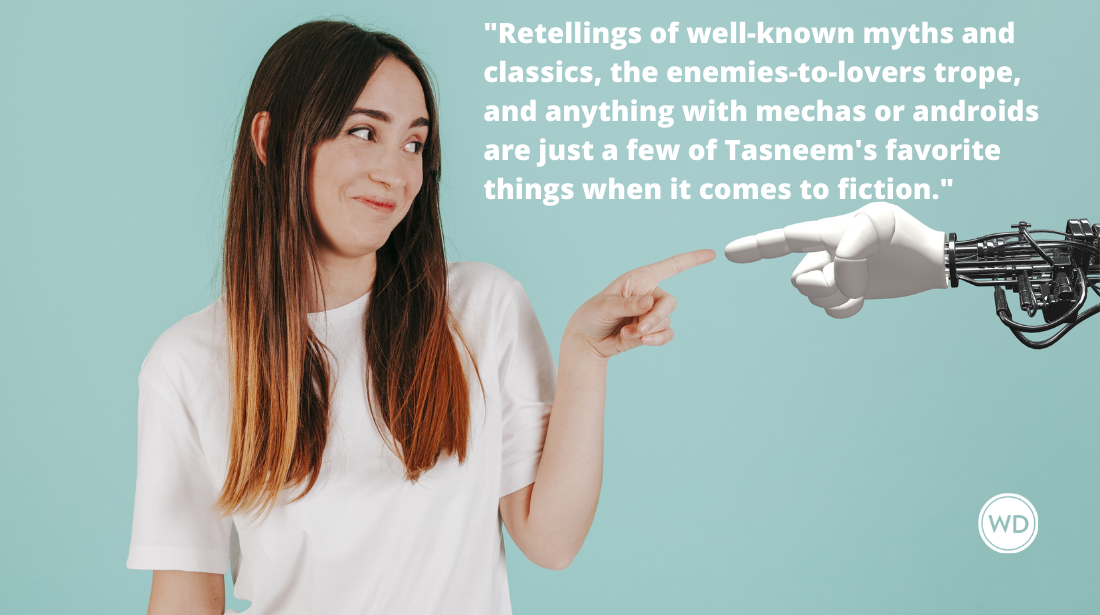Re-Vision? Easier Said Than Seen
The most difficult aspect of revision is that the process requires seeing our own mistakes. That speck of dust in our neighbor’s eye is a lot easier to see than the log in our own. I learned most about sentence-level revision from Richard Lanham, distinguished scholar, writer, and UCLA professor, who has written a number of books, including Revising Prose, in which he develops the “Paramedic Method” (PM), a series of steps that help writers find both the sound and the sense of each sentence.
The most difficult aspect of revision is that the process requires seeing our own mistakes. That speck of dust in our neighbor’s eye is a lot easier to see than the log in our own. I learned most about sentence-level revision from Richard Lanham, distinguished scholar, writer, and UCLA professor, who has written a number of books, including Revising Prose, in which he develops the “Paramedic Method” (PM), a series of steps that help writers find both the sound and the sense of each sentence. Sound and sense: that’s what I like most about the PM. Aside from pushing us to see the ethics of writing, Lanham’s method reinforces the impossibility of separating structure from idea. The PM helps us see the axis of the sentence—both the actual main subject and verb, as well as the unacknowledged subject and verb. If we can see a difference between the actual and the unacknowledged in any sentence, it’s time to revise, to look again.
Order a copy of Elizabeth Huergo's The Death of Fidel Perez.
Amazon
[WD uses affiliate links.]
To illustrate the point, here is an example by someone commenting on the work of the Iraqi-American performance artist, Wafaa Bilal:
The issues that Wafaa Bilal is trying to get across are of vital importance to recognizing life’s fragile pieces, some that many try to hide from others and themselves. Those fragile pieces can range from dealing with losses from warfare, displaying a true identity when others perceive you as something they’re only know of in rumors, and keeping a true identity instead of being in denial. In order to display a form of culture, or appreciation of one’s self, the use of performance art is a great way to express it.
I have highlighted the actual main subjects and verbs to illustrate what Lanham has taught me to see. We learn that “issues are of vital importance,” that “pieces can range” from one thing to another, and that “performance art is a great way to express it,” the singular pronoun pointing to a plurality of things:
The issues that Wafaa Bilal is trying to get across are of vital importance to recognizing life’s fragile pieces, some that many try to hide from others and themselves. Those fragile piecescanrange from dealing with losses from warfare, displaying a true identity when others perceive you as something they’re only know of in rumors, and keeping a true identity instead of being in denial. In order to display a form of culture, or appreciation of one’s self, the use of performanceartis a great way to express it.
Using an abbreviated version of Lanham’s technique, here are what I term the unacknowledged subjects and verbs:
The issues that Wafaa Bilal is trying to get across are of vital importance to recognizing life’s fragile pieces, some that many try to hide from others and themselves. Those fragile pieces can range from dealing with losses from warfare, displaying a true identity when others perceive you as something they’re only know of in rumors, and keeping a true identity instead of being in denial. In order to display a form of culture, or appreciation of one’s self, the use of performance art is a great way to express it.
Notice that the “unacknowledged” subject is Wafaa Bilal, a human and powerful agent, certainly more so than “issues.” Notice the action verbs that remain “unacknowledged” here: to recognize, to lose, to display, to keep, to use, to appreciate. Notice the metaphor, “life’s fragile pieces,” which sounds quite poignant. Unfortunately, its meaning remains quite opaque.
Lanham’s technique helps me see the distance between the actual and the unacknowledged. Once I see that distance, I can take its measure and revise. Here is one possible revision; and I stress one because, as with most things in life, there are many paths and many answers:
Wafaa Bilalrecognizes the fragility of life, a quality that many of us hide from ourselves and others. His recognitiondevelops from the loss of his brother in the Iraq War, from the loss of his homeland, and from the loss of cultural identity. Heexpresses his sense of loss through performance art.
Perfect? No, but the unacknowledged has become the actual, so the revision has led me to look again, to reconsider the idea of human fragility in Bilal’s art, as well as the tacit question of the specific experiences most of us avoid, but this artist chooses to face. I can see that the second sentence offers a complex list begging for patient development. I can see the looming abyss between the second and third sentences, too. The writer has abrogated her responsibility to build bridges between and among ideas. Lanham’s PM, even my abbreviated version, develops our capacity to see gaps in thinking as well as syntax, something for which I am deeply grateful.
Elizabeth Huergo was born in Havana and immigrated to the US at an early age as a political refugee. Since receiving her graduate degrees in English from Brown University, she has taught at a number of colleges and universities. A published poet and story writer, her first novel is THE DEATH OF FIDEL PEREZ (Unbridled Books). She is presently working on her second novel, Between Ana and Ella, a contemporary Latina version of The Grapes of Wrath. Find her on Twitter.







